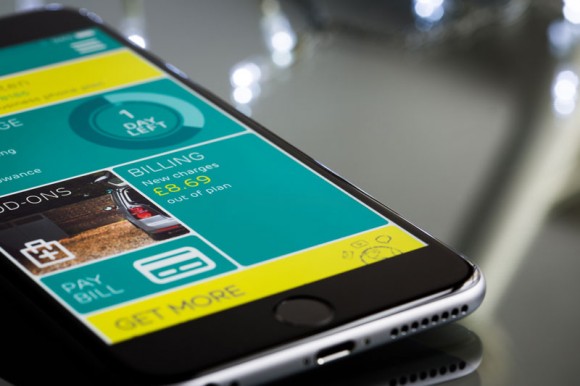Device Meshing, Security, and the Internet of Things
Through the constant evolution of the digital world, it seems like everything we own is connected somehow. From virtual reality headsets, to AI robots and driverless cars, we now have the capability to have everyday objects – smart or not— connected to one another thanks to device meshing and the vast development of the Internet of Things (IoT).
Lot Growth
In a study done by Gartner, it has been estimated that 1.6 billion devices will be connected through IoT applications in 2016. Out of that 1.6 billion, 339 million of those devices will be variations of smart home devices.

Currently, we have the ability to turn on our TVs through voice recognition, shut off lights or alarms from our computers, and even adjust the temperature of our thermostats from our smartphones. But, imagine being able to make safe purchases from these objects. That was the one of the focus points during the 29th Mobile World Congress: Commerce Tour.
MasterCard’s New Program
Many companies are already taking advantage of these new technologies. MasterCard recently launched its Commerce for Every Device program with the idea that users can use any connected device, not just a smartphone or smartwatch, to make secure payments. This means a user could potentially ask their voice-enabled TV to place an order and safely pay for new light bulbs at the nearest hardware store without whipping out their credit card.
This new secure payment platform immediately had major companies wanting to partner with MasterCard. Notably, the program caught the eye of Samsung as the tech giant wants to create a more unified grocery shopping experience for their smart refrigerator customers.

MasterCard’s technology also piqued an interest within the automotive industry. The company is currently working with General Motors on a new smart car that will give drivers the capability to pay for things using the dashboard console.
While MasterCard’s new program is helping minimize theft with online payments, the Internet of Things is quickly extending beyond mobile electronics and it is raising many questions on how to handle privacy and security for technology as a whole.

Device Meshing & Its Security Risks
Having connected devices presents many risks within homes, according to researchers at the INFOSEC Institute. Smart TVs with voice recognition can pick up on personal conversations and private information, which can then be transmitted to third party businesses that are listening in. Security researchers also found that it was very easy for hackers to “peep” through smart cameras due to their weak passwords.
Companies have also tapped into smart devices through tracking technologies that broadcast high-frequency sounds. These sounds are then communicated to smartphones or other smart devices so that potential customers can see their advertisements.
The Internet of Things and device meshing have evolved and it is now possible for users to control their devices with little to no human interaction. While this is the whole idea behind the IoT, we must keep in mind the dangers and concerns that come as it continues to grow. We must ensure that all of our devices are protected and secure from outsiders trying to get in.


.png)
